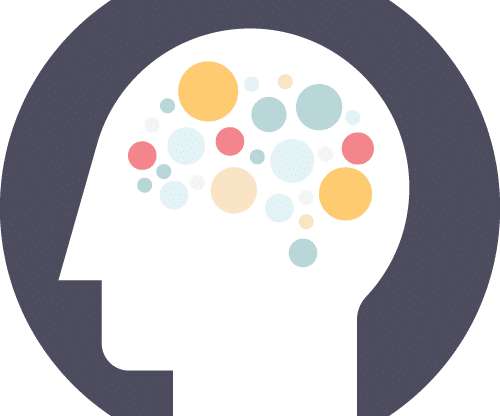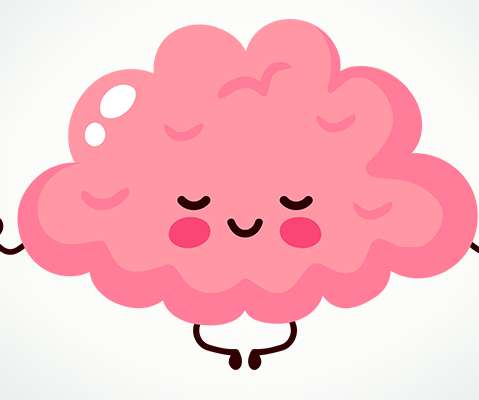Stress and Learning: Test Your Knowledge!
KnowledgeOne
JANUARY 19, 2024
” These hormones transmit their message to cells in various parts of the body, including the brain. A) Stress hormones travel to the brain and have a marked preference for certain regions involved in learning, memory and emotion regulation. B) Chronic stress provides high-potential students with enhanced cognitive performance.





























Let's personalize your content